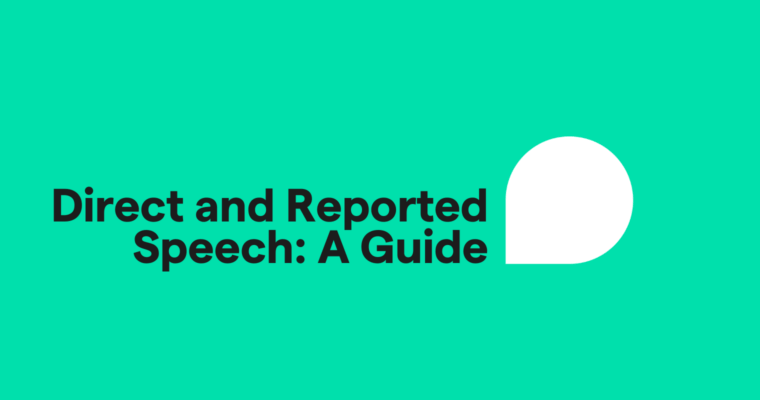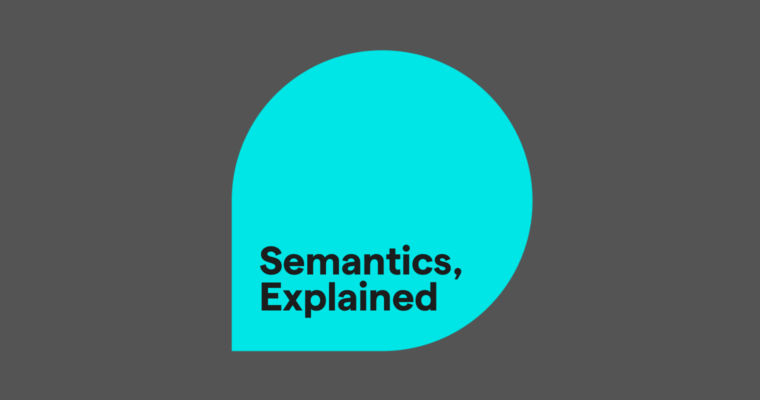
Independent and dependent clauses are the two main types of clause in English, and every clause is either one or the other. The difference is an independent clause can work alone as a complete sentence, but a dependent clause (also known as a subordinate clause) needs to join with an independent clause to form a complete sentence.
That’s the basic difference between independent and dependent clauses, but the details can get a little more involved. Below, we explain the grammar rules for how to use both types of clause and give plenty of independent and dependent clause examples.
What are dependent and independent clauses?
Independent and dependent clauses are the two main categories of clause. A clause is a group of words that contains at least one subject and at least one verb, but clauses can be either complete or incomplete sentences, depending on their wording and punctuation.
If the clause alone is a complete sentence, it is an independent clause. If the clause alone is not a complete sentence, it is a dependent clause.
What are independent clauses?
Because an independent clause contains both a subject and a verb, a single independent clause is a simple sentence, the most basic type of sentence. However, you can also combine two or more independent clauses to create a compound sentence.
My partner wants to run a marathon together, but I prefer to watch them.
What are dependent clauses?
Dependent clauses are a little more complicated. Also known as subordinate clauses, dependent clauses alone are not complete sentences, even though they have both a subject and verb. Dependent clauses need to join with an independent clause to be correct, hence the name dependent.
Dependent clauses are usually easy to recognize because they include a subordinating conjunction or relative pronoun. Subordinating conjunctions and relative pronouns are words like because, if, or whenever that signal a relationship between the dependent clause and the independent clause it joins.
You can find a complete list here of all the subordinating conjunctions, which include relative pronouns. Be careful, though, because not all dependent clauses use subordinating conjunctions.
Dependent clauses are more common than you might realize. For starters, they include clauses that show a complete action with a cause-and-effect relationship to another action.
Kunal likes to stay up late because no one bothers him at night.
They also include all adverbial clauses, which modify verbs and adjectives. Adverbial clauses can add more details about how an action took place, such as when, where, or why.
Let’s host our anniversary party where we first met.
Moreover, dependent clauses include all adjectival clauses, which modify nouns. That means restrictive and nonrestrictive clauses are both dependent clauses.
The pen that I had been looking for was in my pocket the whole time.
Keep in mind that, with restrictive and nonrestrictive clauses, the relative pronouns that and which can also act as the subject of the clause.
Independent and dependent clause examples
Independent: Next Tuesday will be my first day at my new job. Dependent: If the interview goes well, next Tuesday will be my first day at my new job.
Independent: You have to finish your vegetables, and then you can eat dessert. Dependent: You have to finish your vegetables before you can eat dessert.
Independent: My car broke down less than a mile from my home. It didn’t pass inspection. Dependent: My car, which didn’t pass inspection, broke down less than a mile from my home.
How to connect independent and dependent clauses
Connecting independent and dependent clauses is easy—after all, dependent clauses are designed to be connected.
All you need is either a subordinating conjunction (e.g., if, because, before/after, although, once) or a relative pronoun (e.g., where, when, wherever, whenever). You can also turn an independent clause into a dependent clause just by adding a subordinating conjunction or relative pronoun.
Because dependent clauses already have these most of the time, you simply put the two clauses together with the appropriate punctuation. Using punctuation when connecting independent and dependent clauses is also simple. If the dependent clause comes first, use a comma between the two clauses.
Wherever you go, I will follow.
If the independent clause comes first, no comma is necessary.
I will follow wherever you go.
How to connect two or more independent clauses
You can also connect two independent clauses together, or even more.
I am vegan, and my partner is pescatarian, but we live above a BBQ restaurant.
Basically, there are two ways to connect independent clauses: Add a coordinating conjunction or use a colon or semicolon.
Coordinating conjunction
Coordinating conjunctions are the main type of conjunction and the most common ones. You may recognize the seven coordinating conjunctions as the FANBOYS:
- For
- And
- Nor
- But
- Or
- Yet
- So
(Be aware that so can act as either a coordinating conjunction or a subordinating conjunction.)
You can use coordinating conjunctions to connect independent clauses. Just place a comma after the first independent clause and add the appropriate coordinating conjunction before the second independent clause.
It was a calculated risk. I’m bad at math.
It was a calculated risk, but I’m bad at math.
Colon or semicolon
The colon ( : ) and semicolon ( ; ) are both punctuation marks that can connect independent clauses.
The colon is used to introduce something described in the first part of the sentence. Usually a colon introduces a list of nouns, but it can also introduce a new independent clause. Think of the colon as punctuation that means as follows, which is/are, or thus.
When you’re using a colon to connect independent clauses, no other words or punctuation are necessary. In American English, we capitalize the first letter of an independent clause if it comes after a colon. (However, not all style guides agree with this rule. The Chicago Manual of Style recommends lowercasing the first letter after a colon, unless it’s the first in a series of sentences that comes after the colon.)
We have the perfect replacement right here: Our new goalie will be Andre.
Likewise, you can also connect independent clauses with a semicolon. However, if you are using a semicolon, the two clauses must already be closely related—so closely related that the reader can easily understand why they’re connected by a semicolon.
Ingrid hated the summer heat; she grew up near the Arctic.
Just like with the colon, no extra words or punctuation are needed with the semicolon if the two clauses are obviously related. However, if the relationship between the two clauses is not obvious, you may need to use a conjunctive adverb, a type of transitional expression.
Conjunctive adverbs are words like however, although, or consequently, as well as phrases like in the meantime, on the other hand, or as a result. They are very common in writing as a way to improve the flow of reading, but they’re not used as much in speech.
The purpose of conjunctive adverbs is to smooth the transition from one clause to another so the pairing does not seem abrupt. This is especially useful if the two clauses are contradictory or if the second clause goes in an unexpected direction.
We spent the whole plane ride planning our activities; however, after landing the first thing we did was nap.
To connect two independent clauses, place the conjunctive adverb after the semicolon and add a comma after it, before the second clause.
; however,
You can also use conjunctive adverbs with a single independent clause or stand-alone sentence as a way to transition from one sentence or paragraph to another.
Common mistakes with independent and dependent clauses
1 Sentence fragments
Without an independent clause, a dependent clause is a sentence fragment, or a piece of a sentence that’s missing the necessary parts to make it complete.
You can always reword the dependent clause to turn it into an independent clause (such as by removing the subordinating conjunction or relative pronoun). However, it’s easiest to simply connect it to an independent clause.
2 Run-on sentences
A run-on sentence, also known as a fused sentence, is when two or more independent clauses are joined without a proper connection.
To correct a run-on sentence, you can connect the clauses using one of the methods explained above: coordinating conjunctions, a colon, or a semicolon.
Alternatively, you can simply split up the run-on sentence and turn it into multiple sentences.
3 Comma splices
A comma splice is when clauses are joined by only a comma and nothing else.
In this case, you can simply convert the comma into a semicolon.
Depending on the context, you can sometimes add a coordinating conjunction to connect two independent clauses or add a subordinating conjunction or relative pronoun to turn one clause into a dependent clause.
You can also turn the comma into a period to create two separate sentences.
If you’re ever unsure about whether you’re using a comma correctly, paste the sentence into our free online grammar checker. It will tell you how to fix the sentence if there’s an error.
Independent and dependent clauses FAQs
What is an independent clause?
An independent clause is a clause that can stand alone as a sentence. An independent clause alone makes up a simple sentence.
What is a dependent clause?
A dependent clause is a clause that cannot stand alone as a sentence. A dependent clause needs to join an independent clause to form a complete sentence. You can usually identify dependent clauses because they begin with a subordinating conjunction like because or if or with a relative pronoun like when or whenever.
How do I connect independent and dependent clauses?
As long as there’s already a subordinating conjunction or relative pronoun, you can place independent and dependent clauses right next to each other in a sentence. If the dependent clause comes first, add a comma between the two clauses. If the independent clause comes first, no comma is necessary.





